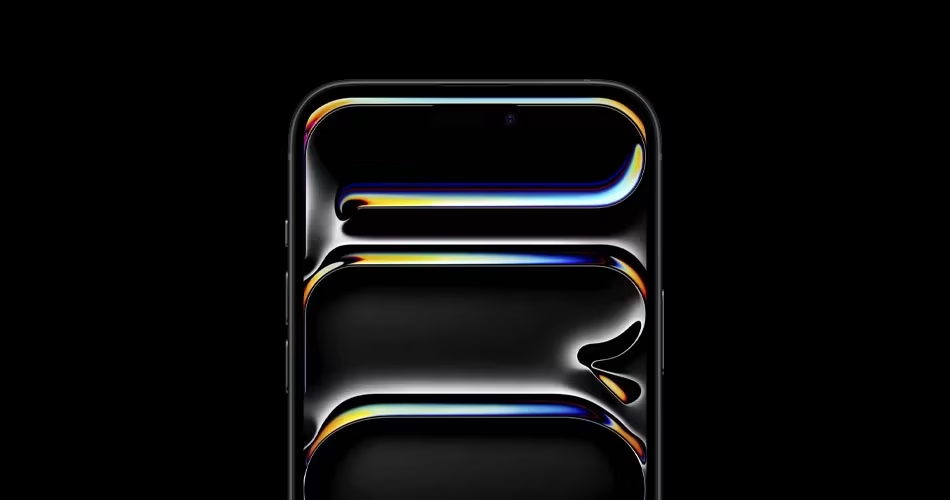Apple is reportedly working on bringing its Ultra Retina XDR display with tandem OLED technology to a future iPhone, offering major upgrades in brightness, color, and responsiveness.
Apple May Bring Ultra Retina XDR Display to iPhone by 2028, Report Says
Apple is known for pushing display technology forward, and now, it may be planning its boldest upgrade yet for the iPhone.
According to a new report from The Elec, Apple is working with display partners LG and Samsung to bring tandem OLED technology to a future iPhone model. This tech is currently found in the M4 iPad Pro’s Ultra Retina XDR display.
If successful, this move would represent a major leap in iPhone display quality, bringing advancements in brightness, color precision, and motion responsiveness.
What Is Apple’s Ultra Retina XDR Display?
First introduced with the 2024 M4 iPad Pro, Apple’s Ultra Retina XDR display uses a tandem OLED system, which stacks two OLED panels to combine their light output. This design delivers:
- 1000 nits of full-screen brightness for both SDR and HDR
- 1600 nits peak brightness for HDR content
- Exceptional color accuracy and deep contrast
- Faster responsiveness for motion-rich content
- More detail in both highlights and shadows
These features set a new bar for professional-grade screens on mobile devices, and Apple appears eager to replicate that success on iPhone.
When Could the First Tandem OLED iPhone Arrive?
According to The Elec, Apple is in the early stages of negotiating supply chain deals with LG Display and Samsung Display, its longtime display partners. However, mass production of tandem OLED for iPhone is reportedly at least two years away, which means we’re unlikely to see this technology in a shipping iPhone until 2028 at the earliest.
Why This Upgrade Matters for iPhone Users
Today’s iPhones already boast excellent OLED displays. But Ultra Retina XDR with tandem OLED would raise the bar even further, potentially offering:
- Brighter full-screen viewing in any lighting condition
- Greater depth in HDR content
- Even more accurate colors for creatives and photographers
- Smoother and more responsive motion handling, ideal for gaming and video
Suggested: iPhone 17 Pro Tipped to Feature Scratch-Resistant Anti-Reflective Display
This type of display could also enhance Apple Vision Pro-style AR experiences, where screen fidelity is critical.
Final Thoughts
Apple’s plan to bring tandem OLED and Ultra Retina XDR to iPhone shows its ongoing commitment to industry-leading display technology. While it may not arrive until 2028, it sets the stage for the iPhone to once again redefine what a smartphone screen can deliver.
If this move follows the same playbook as Apple’s shift to ProMotion or Super Retina XDR, the wait could very well be worth it.







Comments